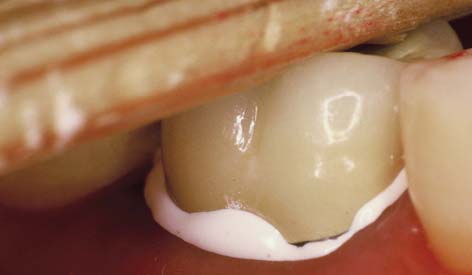What is best during placement of Crown?

The placement of crown is an important step in the longevity of the crown and the comfort of the patient. There are certain points that should be taken into consideration by a dentist during placement i.e. cementation.
The gingival margins should not be inflamed at the time of crown cementation. This may happen due to gingivoplasty or crown lengthening. For a common man, it means, the gum margins of the tooth receiving the artificial crown should not have redness, swelling or puffiness. If there is any, better to wait till it subsides.
The choice of cement/luting agent should be decided based on the type and material of the crown. The available materials are Zinc phosphate, Glass ionomer, Polycarbonate, Zinc silicophosphate, and resin luting agents. The anterior crowns need different cementing material than that of posterior crowns. The all ceramic crowns are best cemented by resin luting agents, but the use is limited to the cementation of anterior crowns. The reason is, after cementation, it becomes extremely difficult to remove set resin from the interproximal area of posterior teeth. Rest luting materials are brittle enough to break and remove, therefore, they can be used in all areas-anterior as well as posterior.
The set excess cement/luting agent should not be left. The excess cement must be removed from the margins and from the interproximal areas completely to prevent food lodgement, gingivitis and recurrence of caries.
The crown margin must merge with the finish line. There should not be overhang or space between artificial crown and the natural tooth.
Try to make all crown in the same material to prevent the occurrence of galvanism. It may cause sever discomfort to the patient, pain, tingling sensation, or a sour taste in the mouth.
The occlusion should be checked and adjusted before cementation; it should be readjusted after 24 hours, if needed. Under no circumstances, it should be left high.
Most importantly, the placement of the crown must be done with rubber dam in place to avoid moisture contamination. The cotton rolls are a substitute for financial reasons.
Ref:
1. Photograph from pocket dentistry